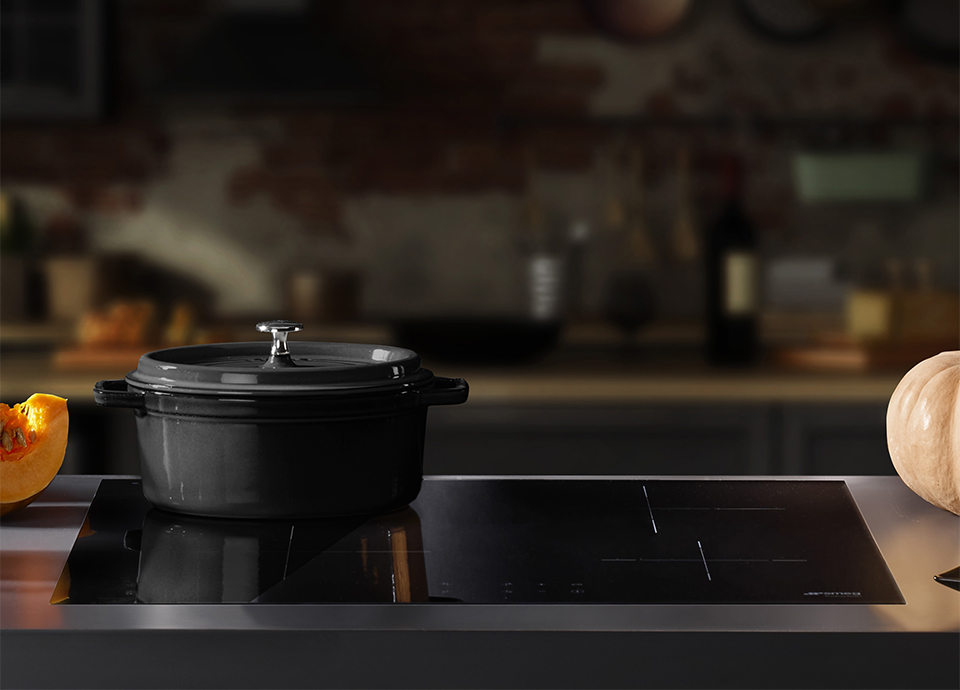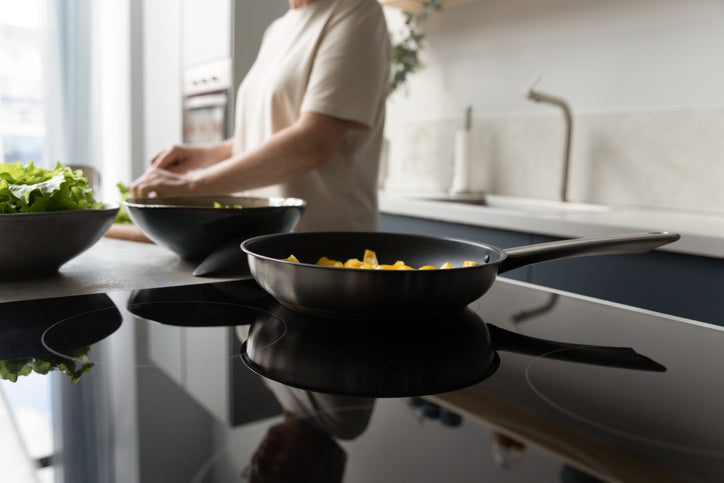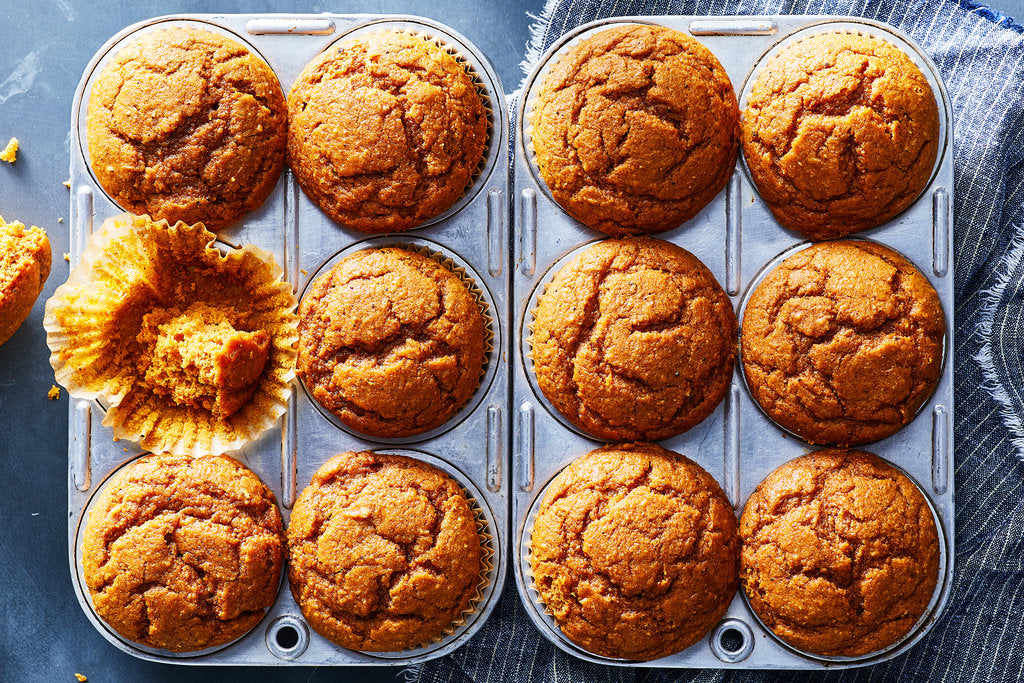In the realm of professional kitchens, where precision and performance are paramount, the choice of cookware can make all the difference. Enter cast iron for high-heat cooking a timeless classic that has earned its place as a staple in culinary practices worldwide. Its ability to withstand and maintain high temperatures makes it an invaluable tool for chefs and kitchen professionals who demand excellence in their cooking endeavors.
The allure of cast iron lies not only in its heat retention prowess but also in the unique flavors it imparts to dishes. For those who wield the skillet with skill, the benefits extend beyond mere functionality. The rich, even browning achieved with cast iron is unmatched, lending dishes a visual and gustatory appeal that is often sought after in gourmet kitchens.

Why Cast Iron Excels in High-Heat Environments
One of the defining characteristics of cast iron is its ability to handle high-heat cooking with ease. Unlike other materials that may warp or degrade under intense heat, cast iron thrives, making it ideal for searing, frying, and browning.
For instance, when preparing a steak, achieving a perfect sear is crucial to locking in flavors and juices. The heat retention properties of cast iron ensure that the pan stays hot throughout the cooking process, delivering consistent results every time.
The Science Behind Cast Iron's Heat Retention
The secret to cast iron's remarkable heat retention lies in its dense molecular structure. When heat is applied, the energy is absorbed and distributed evenly across the surface, minimizing hot spots. This characteristic is particularly beneficial in professional settings where precise temperature control is essential.
Additionally, the thickness of cast iron contributes to its ability to maintain heat. Once heated, the pan remains hot for longer periods, allowing chefs to focus on the artistry of cooking rather than constantly adjusting the heat source.
Seasoning: The Secret to Non-Stick Success
One of the most cherished aspects of cast iron cookware is its non-stick surface, achieved through a process known as seasoning. This involves coating the cookware with a thin layer of oil and heating it to create a natural barrier against sticking.
For professional chefs, a well-seasoned cast iron skillet is a prized possession. Not only does it enhance the flavor of dishes, but it also simplifies the cooking process by reducing the need for excessive fats and oils.
Maintaining the Perfect Seasoning
To maintain the integrity of the seasoning, it's crucial to clean cast iron properly. Avoid using soap, as it can strip away the seasoning. Instead, opt for warm water and a brush to remove food particles. After cleaning, thoroughly dry the pan and apply a light coat of oil to preserve the seasoning.
Regular use of cast iron enhances its non-stick properties. Over time, as the seasoning develops, the cookware becomes more efficient and versatile, making it an indispensable tool in any kitchen.
Versatility Beyond the Kitchen: Outdoor Cooking with Cast Iron
While cast iron shines in professional kitchens, its versatility extends to outdoor cooking as well. From campfires to backyard barbecues, cast iron is a trusted companion for chefs who enjoy culinary adventures in the great outdoors.
The durability of cast iron is unmatched, allowing it to withstand the rigors of open flames and unpredictable weather conditions. Whether you're sauting vegetables on a grill or baking bread in a Dutch oven, cast iron delivers consistent results in any environment.
Exploring Cast Iron's Role in the Culinary World
The resurgence of interest in traditional cooking methods has brought cast iron back into the spotlight. Chefs and home cooks alike are rediscovering the joys of using this timeless cookware, appreciating its ability to bring out the best in ingredients.
For those looking to explore the full potential of cast iron, there are numerous resources available. Websites like Le Creuset offer valuable insights into the best practices for using cast iron on modern cooking surfaces, including induction hobs.
Additionally, you can learn more about how to serve food on a sizzling platter by visiting this guide. For those interested in the art of low simmering, check out this article.

FAQ Section
Can cast iron be used on induction cooktops?
Yes, cast iron is compatible with induction cooktops. Its magnetic properties allow it to work efficiently on these surfaces, providing even heat distribution and excellent cooking results. For more information, you can visit this link.
Is cast iron suitable for deep frying?
Absolutely! Cast iron is perfect for deep frying due to its ability to maintain consistent temperatures. This ensures that food is cooked evenly and thoroughly, resulting in delicious, crispy dishes.
How do I restore a rusty cast iron pan?
To restore a rusty cast iron pan, scrub the rust away using steel wool. Once the rust is removed, wash the pan with warm water and dry it thoroughly. Apply a layer of oil and heat the pan to reseason it, restoring its non-stick properties.






Leave a comment
This site is protected by hCaptcha and the hCaptcha Privacy Policy and Terms of Service apply.